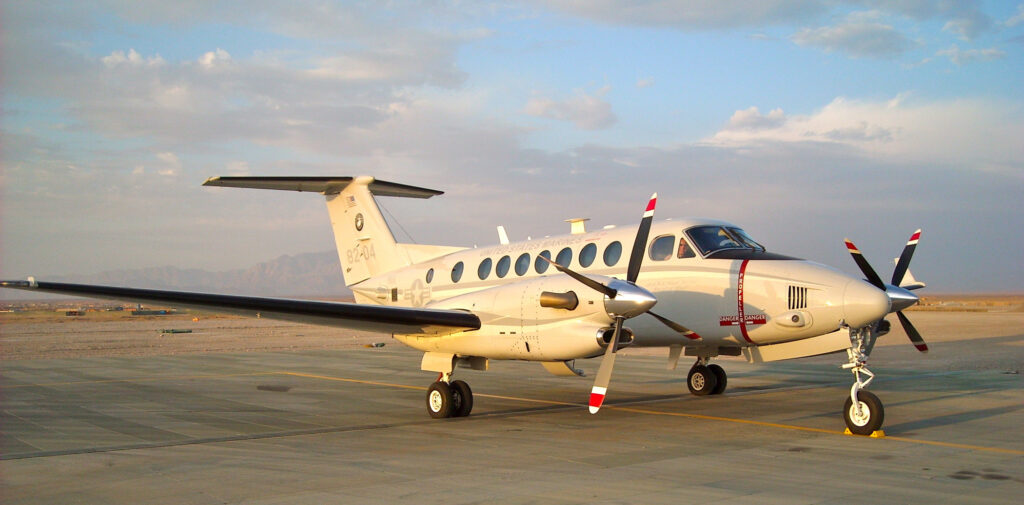
ARLINGTON, Va.—The Marine Corps plans to neck down the number of types of operational support aircraft (OSAs) over the next decade in order to achieve economies with reduced operating costs while increasing capability. The Corps also plans to increase its OSA capabilities in the Indo-Pacific region.
“OSA directly provides an economical and efficient alternative for the movement of personnel and cargo by reducing the burden that small payloads place on large tactical aircraft,” the recently released 2022 Marine Corps Aviation Plan said. “Moving high volumes of small payloads to widely dispersed Marine air-ground task force (MAGTF) elements poses logistical challenges for Marine Corps aviation; OSA relieves this burden. Marine Corps OSA units perform the same airlift missions whether deployed or at their home stations. Unpredictable, short notice movements are not compatible with the United States Transportation Command’s and United States Air Force’s airlift missions or commercial route structures. This flexibility is vital to MAGTF logistics, communications and security in all phases of deployment.”
The Marine Corps operates 27 OSAs and keeps two of those deployed to support Marine Forces Europe/Africa and Marine Forces Central Command. The Corps plans to replace four UC-12F, two UC-12M, and 10 UC-35D aircraft a total of 28 UC-12Ws including eight already on strength. The current program of record for UC-12Ws is 12 aircraft.
“The cost of sustaining UC-35s is increasing and the USMC is looking to replace the UC-35 fleet with UC-12W,” the aviation plan said. “This will require an increase to the program of record of UC-12Ws to 28. Divestment of UC-35s will be based on the procurement and delivery of the UC-12Ws.”
The Marine Corps operates one transport squadron, VMR-1, which flew two C-9B Skytrain II aircraft from Joint Base Andrews-NAF Washington, Maryland, until 2017, when the squadron moved to Naval Air Station-Joint Reserve Base Fort Worth, Texas, to provide crews to share C-40A Clipper transports with Navy Fleet Logistics Support Squadron 59. VMR-1 is receiving two C-40As of its own this fiscal year. The squadron will move to Marine Corps Air Station Kaneohe Bay, Hawaii, by fiscal 2024 to replace the two C-20G Gulfstream IV transports there that support the Indo-Pacific Command.






